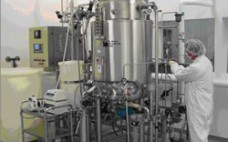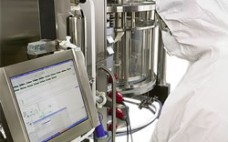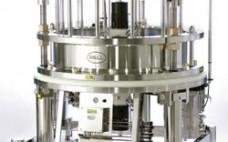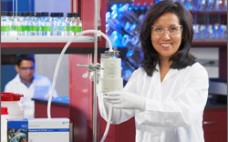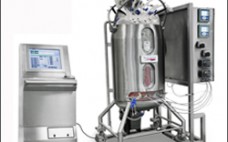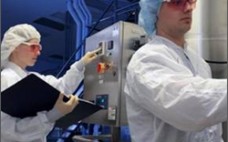Monoliths offer a unique set of characteristics that, when properly applied, can significantly improve the overall productivity of the manufacturing processes. In this educational webcast, Tony Brazzale of BIA Separations explores the technology behind the CIM™ Monolithic Columns and its many benefits, including:
• Increased facility capacity
• Accelerated ROI
• Improved productivity
• Reduced cost of labor and overall COGS
View this educational webcast to learn more about how CIM Monolithic Columns can improve your manufacturing process.


